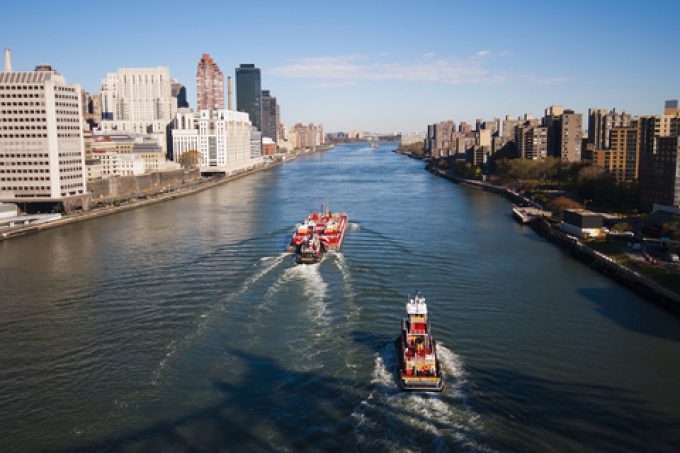U-turn on de minimis ban, following 'processing issues', as trade war heats up
White House-triggered whiplash has hit again with the news that a small but powerful sentence ...

New York City is turning to its waterways in the hope of relieving congestion brought on by e-commerce orders.
On Friday, the NYC Economic Development Corp made a ’request for proposals’ to “activate” various waterfront facilities for use as barge landings.
It read: “Increasing the capacity of ...

Comment on this article